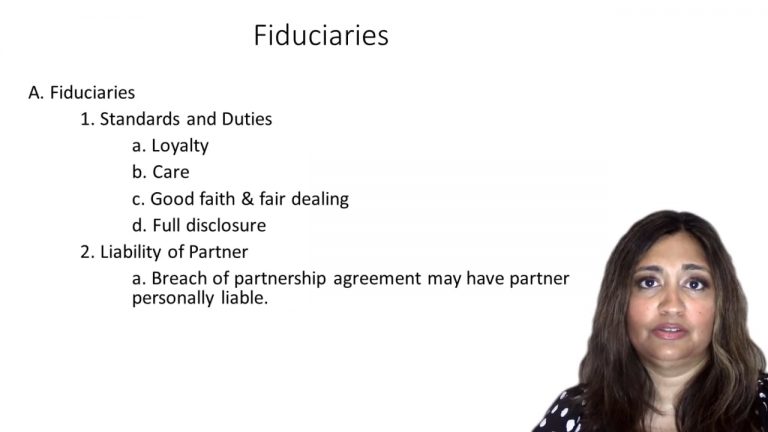SmartBrief
Confirm favorite deletion?
Business Associations Keyed to Bainbridge
Day v. Sidley & Austin
Citation:
431 U.S. 908 (1977)Facts
Day was first associated with Sidley & Austin in 1938. His legal career was interrupted by World War II service in the Navy and by his tenure with both the Illinois state government. As a senior partner, he was entitled to a certain percentage of the firm’s profits. He was never a member of the executive committee, which managed the firm’s day-to-day business. He remained a partner with Sidley & Austin from 1963 until his resignation in December 1972. Between February 1972 and July 12, 1972, S & A’s executive committee explored the idea of a possible merger between that firm and the Liebman firm. At the meeting, each partner present, including plaintiff, voiced approval of the merger idea. In October, 1972, the new Washington Office Committee recommended to the Management Committee that a combined Washington office be set up at 1730 Pennsylvania Avenue, thus eliminating the old S & A Washington office. A decision was then made to move to the new location despite plaintiff’s objections. Day resigned from Sidley & Austin effective December, 1972.
Only StudyBuddy Pro offers the complete Case Brief Anatomy*
Access the most important case brief elements for optimal case understanding.
*Case Brief Anatomy includes: Brief Prologue, Complete Case Brief, Brief Epilogue
- The Brief Prologue provides necessary case brief introductory information and includes:
Topic:
Identifies the topic of law and where this case fits within your course outline.Parties:
Identifies the cast of characters involved in the case.Procedural Posture & History:
Shares the case history with how lower courts have ruled on the matter.Case Key Terms, Acts, Doctrines, etc.:
A case specific Legal Term Dictionary.Case Doctrines, Acts, Statutes, Amendments and Treatises:
Identifies and Defines Legal Authority used in this case.
- The Case Brief is the complete case summarized and authored in the traditional Law School I.R.A.C. format. The Pro case brief includes:
Brief Facts:
A Synopsis of the Facts of the case.Rule of Law:
Identifies the Legal Principle the Court used in deciding the case.Facts:
What are the factual circumstances that gave rise to the civil or criminal case? What is the relationship of the Parties that are involved in the case.Issue(s):
Lists the Questions of Law that are raised by the Facts of the case.Holding:
Shares the Court's answer to the legal questions raised in the issue.Concurring / Dissenting Opinions:
Includes valuable concurring or dissenting opinions and their key points.Reasoning and Analysis:
Identifies the chain of argument(s) which led the judges to rule as they did.
- The Brief Prologue closes the case brief with important forward-looking discussion and includes:
Policy:
Identifies the Policy if any that has been established by the case.Court Direction:
Shares where the Court went from here for this case.
Topic Resources
Topic Outline
Topic Refresher Course
Topic Charts & Notes

 3m 15s
3m 15s